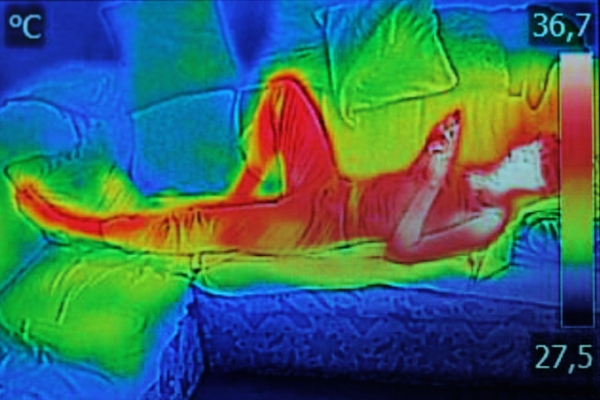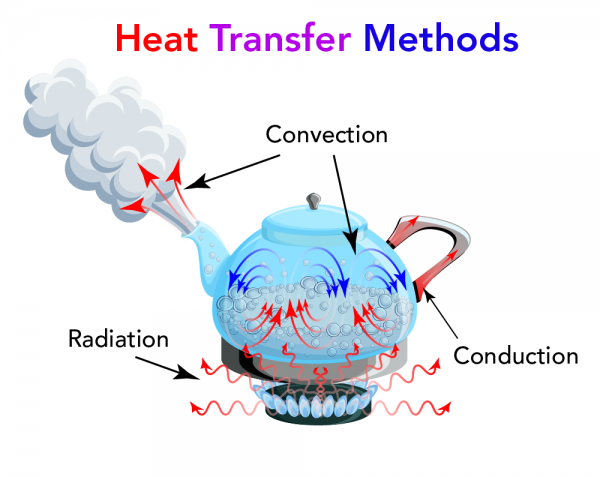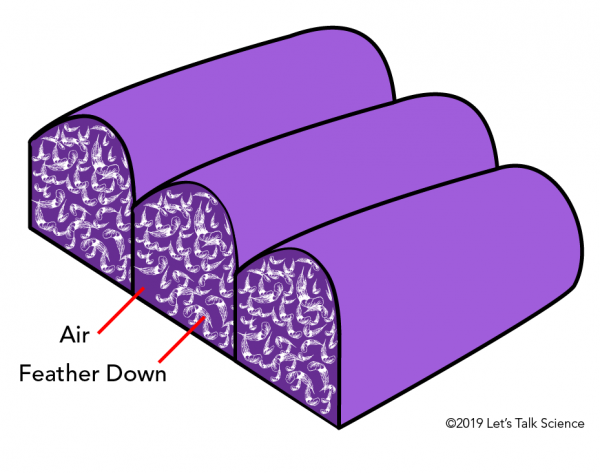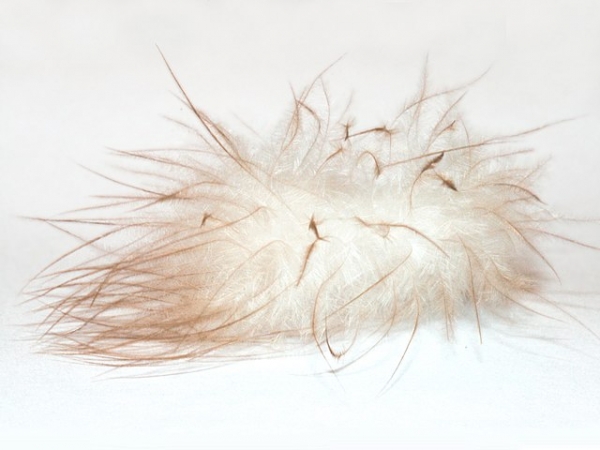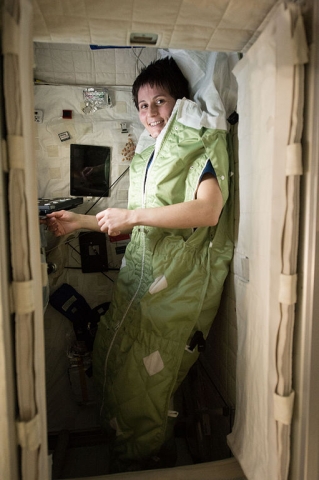How Do Sleeping Bags Work?

Kids camping (PeopleImages, iStockphoto)

Kids camping (PeopleImages, iStockphoto)
6.77
How does this align with my curriculum?
Curriculum Alignment
NS
8
Science Grade 8 (2020)
Learners will create a model that demonstrates the principles of kinetic molecular theory.
BC
12
Anatomy & Physiology 12 (June 2018)
Big Idea: Homeostasis is maintained through physiological processes.
